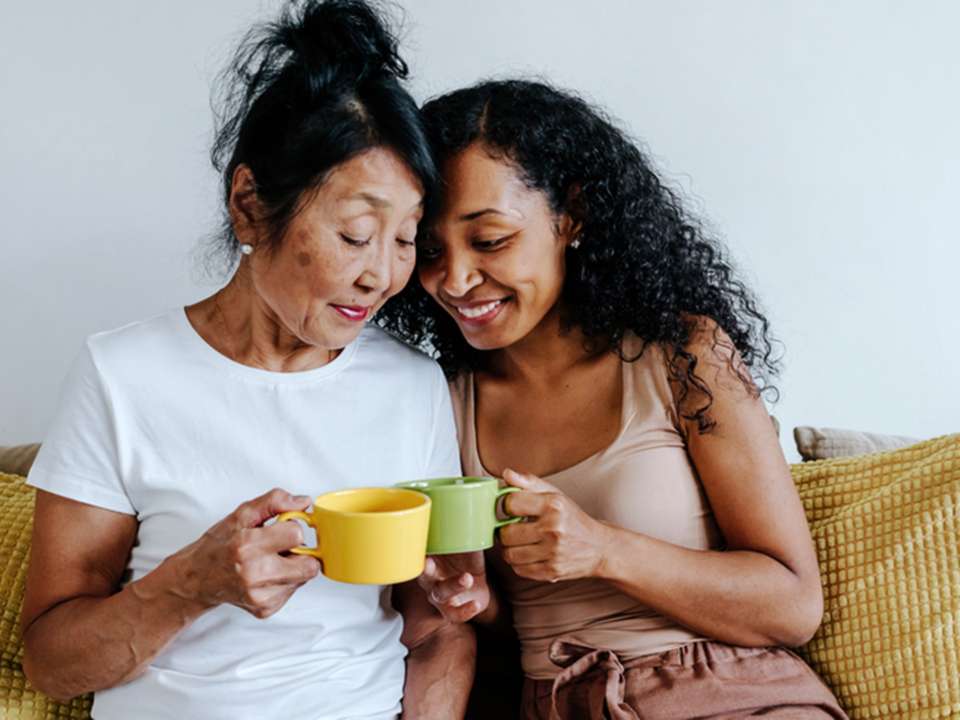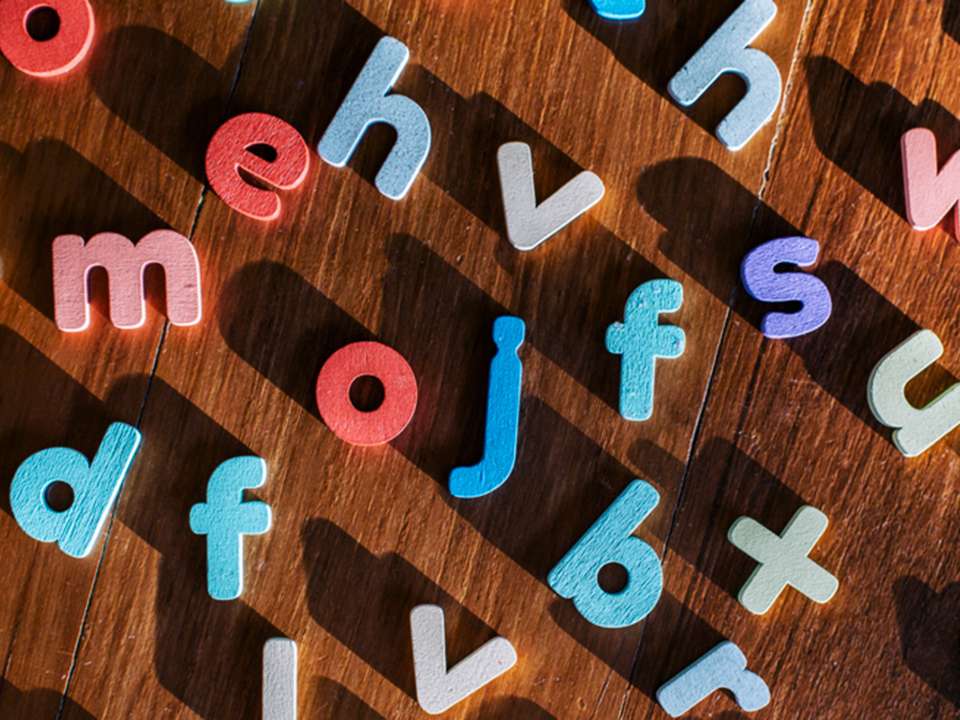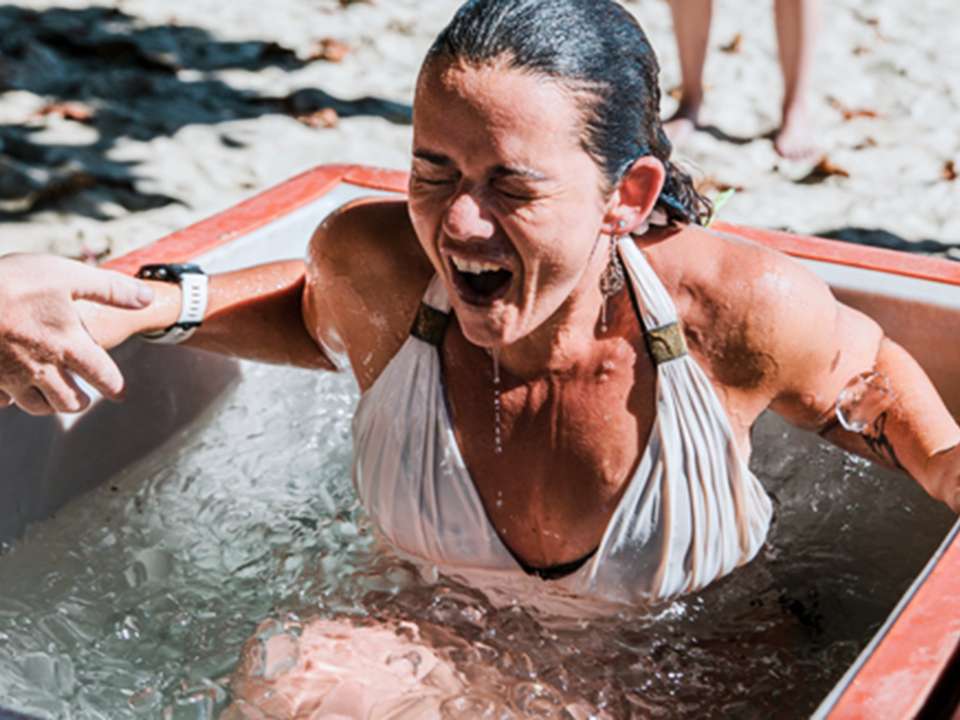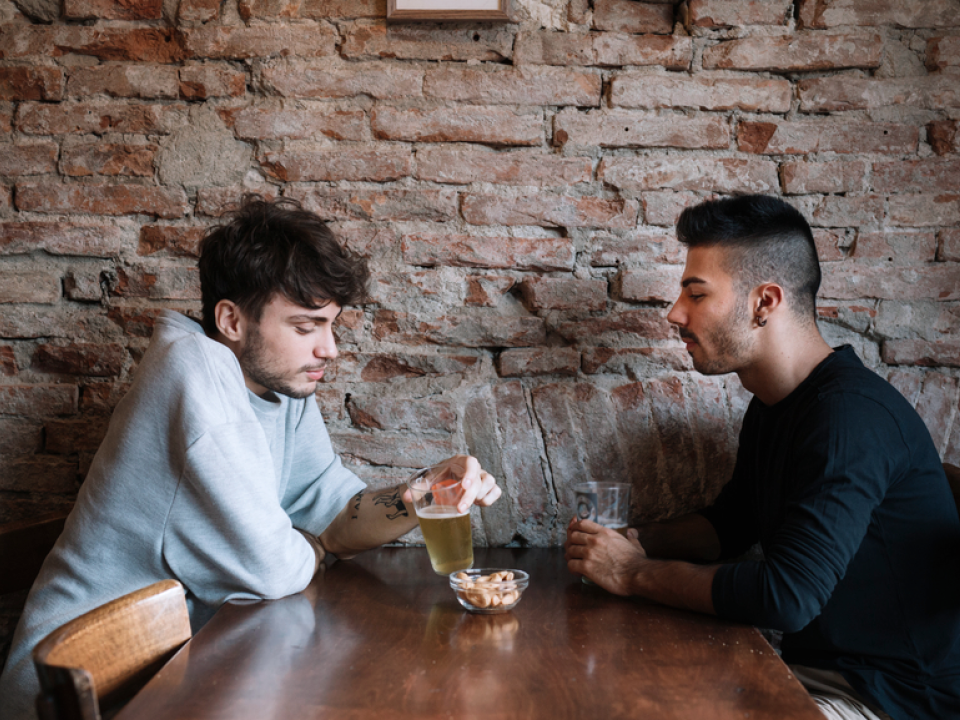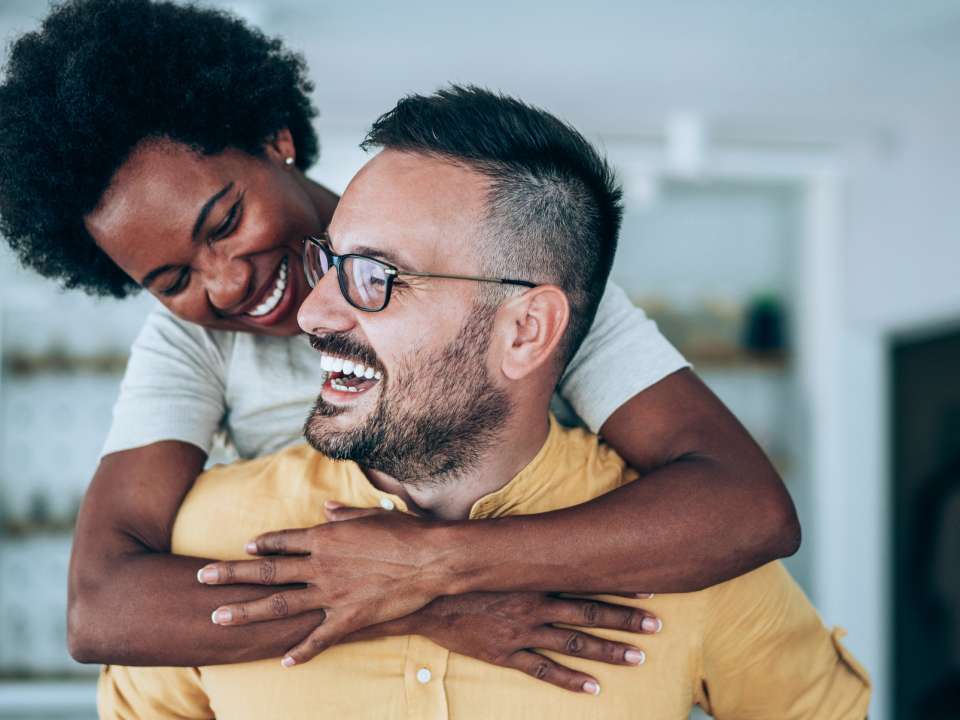What Día de Muertos Can Teach Us About Healthy Grieving
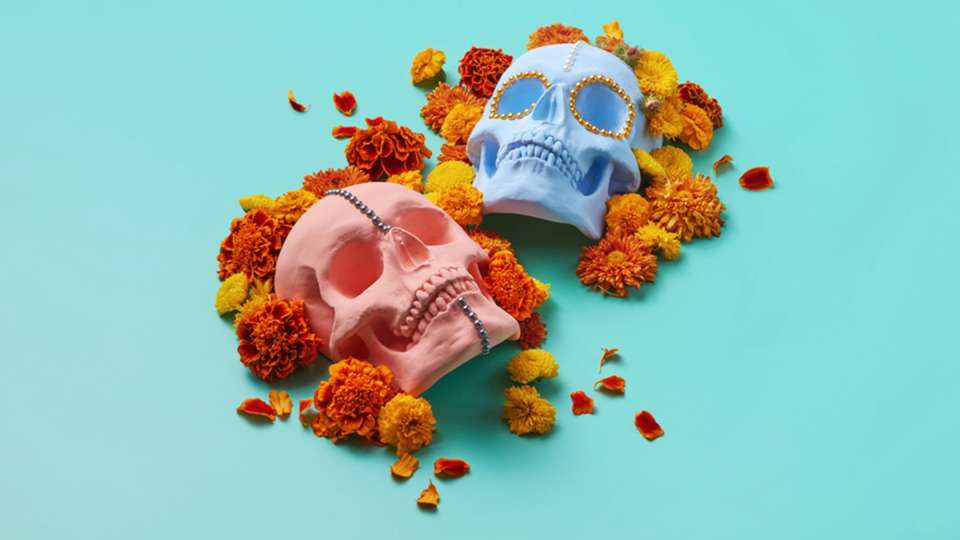
Despite the universality of death, many of us are not very comfortable with it — or with the grieving process.
“The dominant culture in the US does not want to focus on sorrow and loss, grief, illness, aging or death. People who are grieving frequently report receiving messages that they need to ‘move on,’ achieve ‘closure’ or ‘get over it’ more than they are invited to continue sharing the story of their loss,” says Taryn Lindhorst, director of the Center for Oncology and Palliative Care Social Work at the University of Washington School of Social Work.
While people of all cultures understandably feel many negative emotions when someone they love dies, some cultures also have a different way of looking at death, like the annual observance of Día de los Muertos (Day of the Dead) in Latinx cultures.
Día de los Muertos is a colorful, vibrant celebration that emphasizes remembering those who have died while also celebrating those who are alive.
But can taking a lighthearted approach to death help with loss and grieving? And is there one way to grieve that is healthier than others?
What is Día de los Muertos?
Outsiders might not understand Día de los Muertos, with its skeleton-painted faces and decorative skulls, or calaveras, everywhere. But the day is not a replacement for grieving, just an addition to it.
Depending on the cultural traditions, families celebrating Día de los Muertos may build altars that include photos of people (and pets) who died as well as offerings (ofrendas) of food, water, marigold flowers (cempasúchils), candles or favorite sayings.
The belief is that loved ones can return on the day, which is typically celebrated on November 1 or 2. The candles and smell of the flowers guide them home, while the food and water on the altar are offerings to welcome them back.
The celebration has roots in Indigenous and Spanish cultures. In ancient Aztec and Mayan cultures, traditional beliefs recognized that life starts after death, which might be where some modern traditions like calaveras literarias come from, says Dr. Lorena Alarcon-Casas Wright, clinic director of the UW Medicine Latinx Diabetes Clinic.
“We create poems or odes to people who are alive, joking about death someday. Every year, my cousin who is like my younger sister, composes a little poem around me dying. It sounds dark but it’s not, it shows that she cares about me,” says Wright.
But the day is about life, too; families often come together to share a meal on the day and spend time with each other.
“Growing up, we never really took death as a sad event, we just always celebrated it as part of life. Día de los Muertos is a day of remembrance and celebration, a day to be with your family and friends. Within Hispanic cultures, we really don’t talk about feelings, but on Dia de los Muertos, everyone talks about how they feel,” says Ixallana Garcia, a medical assistant at the Latinx Diabetes Clinic.
What role does grieving have in Día de los Muertos?
“Celebrations of life have the potential to create an atmosphere for more sharing and connection than may be possible during a more traditional memorial or funeral service — while also fostering a community of support for shared loss and grief,” says Beth Chance, a palliative care social worker at UW Medical Center – Montlake.
Aida Wells, an associate teaching professor in the UW School of Social Work, also recognizes the role understanding cultural traditions like Día de los Muertos plays in supporting people who have lost or are losing loved ones in a hospital setting, which is where many people nowadays spend the end of their life.
She leads the Social Work Practice with Latinx Communities traineeship plus works with patients at Seattle Children’s Hospital who have come from Latin American countries and who have lost a child.
“Sometimes what you find is that some cultural beliefs that we hold onto are not well received in other cultures because they don’t understand them or know about them. A lot of families we see have just arrived in the States, and they bring with them their values, principles and belief system. We don’t have a huge community here that supports that belief system, especially around grief and loss,” Wells says.
People may be used to being surrounded by family and community while they grieve, but they may not get that in this country, Wells explains. She tries to offer them something similar by holding regular workshops around traditional days like Día de los Muertos to give families a space where they can support each other and be heard without judgment.
Wells, who is from Guatemala, says that men typically are expected to be strong providers who hold the family together, but her workshops have allowed space for them to express how they’re feeling.
“It is beautiful to see them become emotional and share during these workshops about what they’ve been going through but not been able to share with wives or partners because they want to be strong for them,” she says.
In some cultures, Día de los Muertos is less a celebration and more about grief. In Ecuador, it is often instead recognized as Día de los Santos Difuntos in Catholic Mestizo communities like the one Dr. Sofía Jaramillo Q., a geriatrics fellow at UW Medicine, is from.
She says the day is a time to go to the church and to the cemetery, to pray, but also to make specific foods, like colada morada made from purple corn and guaguas de pan made in the shape of a child.
“But in my experience in Ecuador as an early physician in training, I didn’t see people hesitant to talk about death,” she says.
What are healthy ways to grieve?
First, it’s important to note that there is no “right” way to grieve. Everyone is different and will feel emotions unique to their situation and their relationship with the person who died.
“People need to have permission to have the feelings they are having rather than getting pushed to not show sorrow, loss, anger or fear — any of the destabilizing emotions that come along with grief,” says Lindhorst.
At the same time, no one should be expected to show these emotions or grieve in any particular way. Some people may not experience grief much or at all, depending on the situation. Losing someone after they suffered from a long, debilitating illness might feel more like relief, while losing someone to a disease like Alzheimer’s that can come with a lot of anticipatory grief may feel very complicated.
“As someone who has worked with people at the end of life for 40 years, I can say that there aren't a whole lot of people that have had the encouragement to foster a relationship with their own mortality, with the inevitable mortality of loved ones, with their own aging, with illness or with grief,” Lindhorst says. “I think of being able to face these issues directly as a kind of muscle we spend our whole life developing or having this muscle atrophy.”
The pain of loss and suffering are not the same thing. Pain is inevitable, but there are ways to work with that pain instead of against it and limit undue suffering.
Accept that grief is not linear
“People need to be gentle with themselves and others and try to keep judgment out of their views of what they think people should and shouldn’t do when it comes to grieving,” says Chance.
While the popular Five Stages of Grief model is helpful for understanding different ways of grieving, most people won’t move through five distinct stages that way.
Jaramillo didn’t when she lost her dad during the pandemic, though it took her a while to realize that.
“The only time I felt I integrated that loss in my life and was able to move forward was when I talked to a psychiatric professor here and she explained that it’s a cyclical process, the only way to stay out of the cycle is to stop fighting the loss, pretending it didn’t happen or that it’ll go away,” she explains.
There’s no getting around the reality that grieving is extremely difficult and complex. But if it’s been a year or more since the loss and someone still can’t accept it, feels like life has no meaning, mistrusts other people or feels like they want to die, too, those are all signs of complicated grief — and the grieving person may need extra help in order to process their grief, such as working with a therapist.
Keep the memory of your loved one alive
“Current research has focused on the need to help people reconstruct their relationship with the deceased, rather than end it entirely. By reconstruct, I mean to continue on with memories and dialogue with the person who is gone to whatever extent that is desired by the survivor,” says Lindhorst.
Many Asian cultures and religions with roots in Confucianism have memorial ceremonies for ancestors. Jewish culture has sitting shiva and other traditions. And, of course, there’s Día de los Muertos.
“The way you keep someone alive is by remembering them; they live in your brain. Día de los Muertos is a good way to channel your pain and heal,” says Wright.

 Healthy ideas for your inbox
Healthy ideas for your inbox

